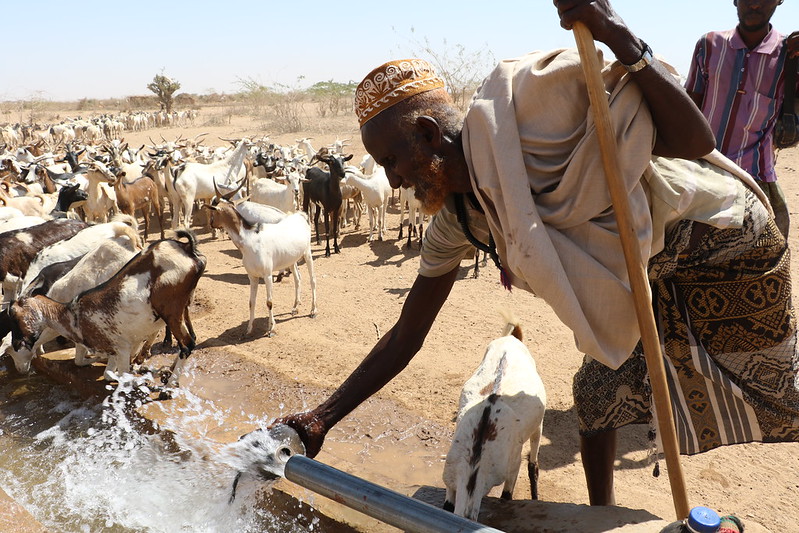 Energy security is a constant concern for sub-Saharan African countries: out of the 20 countries with the largest energy deficits in the world, a staggering 18 are found in the region. At the same time, the area is home to about 80% of the global population lacking access to electricity.
Energy security is a constant concern for sub-Saharan African countries: out of the 20 countries with the largest energy deficits in the world, a staggering 18 are found in the region. At the same time, the area is home to about 80% of the global population lacking access to electricity.
Energy Security in Ethiopia
According to the World Bank, Ethiopia has the third largest energy deficit in Africa, with about half of the population unable to access reliable electricity. There is also a stark rural-urban divide: as of 2022, only 40% of rural households had reliable access to electricity, compared to 93% of urban households. Ethiopia has been making strides on this issue and recently expanded the electricity grid to cover almost 60% of towns and villages.
The main challenge, however, is the lack of adequate energy infrastructure rooted in a broader shortage of resources. Fortunately, several international actors have recently stepped up to help address Ethiopia’s energy gaps, including China’s Belt and Road Initiative (BRI) and the World Bank’s International Development Association (IDA).
China
China has been heavily involved in Ethiopia’s development for more than a decade now, reflected by the fact that Ethiopia is China’s second-largest debtor on the continent. Ethiopia was an early signee to China’s BRI, which has resulted in several multi-million dollar infrastructure projects in the country, including a flagship $5 billion railway from Addis Ababa to Djibouti.
Ethiopia doubled down on this partnership by joining BRICS+ in late 2023. This will grant the country access to BRICS’ multilateral financing institutions, thus paving the way for easier access to Chinese funding in the future. One program with particular appeal for Ethiopia is China’s “Africa Solar Belt” program, which aims to provide solar power to 50,000 African households. Ethiopia also plans to import more than 100,000 electric vehicles and 5,000 electric buses from China in the coming years in a bid to upgrade the country’s transportation infrastructure.
The World Bank
While China has often been Ethiopia’s main development partner, the country also cooperates extensively with the World Bank, primarily on financing. In the realm of energy security, the World Bank recently unveiled a program called Power Sector Reform, Investment and Modernization in Ethiopia (PRIME). This program provides Ethiopia with a “financing envelope” of $1.5 billion, disbursed in multiple phases in the next 10 years, to upgrade its energy sector.
The program focuses on investing in critical energy infrastructure and expanding electricity access more broadly. In an attempt to diversify and stabilize Ethiopia’s energy supply, PRIME will only invest in non-hydropower renewable energy sources since 96% of Ethiopia’s electricity is currently derived from hydropower. Almost all of the funding comes from the IDA, the World Bank’s fund for least-developed countries, with the remainder coming from a green energy trust fund, leaving none of the funding burden on Ethiopia.
Final Thoughts on Energy Security in Ethiopia
While energy security in Ethiopia remains an entrenched issue, the situation is improving: for instance, access to electricity has more than quintupled in the last two decades, rising from about 10% in 2001 to 55% in 2022, according to the World Bank. Furthermore, with Ethiopia’s new membership in BRICS+ and its 10-year financing deal with the World Bank, chances are good that energy security in Ethiopia will continue to improve.
– Kipling Newman
Kipling is based in Denver, CO, USA and focuses on Good News and Global Health for The Borgen Project.
Photo: Flickr


 The world is becoming much more aware of mental health issues. Countries all over the world are looking for solutions to mental health issues. However, poorer countries are working at a disadvantage. Ethiopia has been able to overcome this disadvantage and improve its
The world is becoming much more aware of mental health issues. Countries all over the world are looking for solutions to mental health issues. However, poorer countries are working at a disadvantage. Ethiopia has been able to overcome this disadvantage and improve its 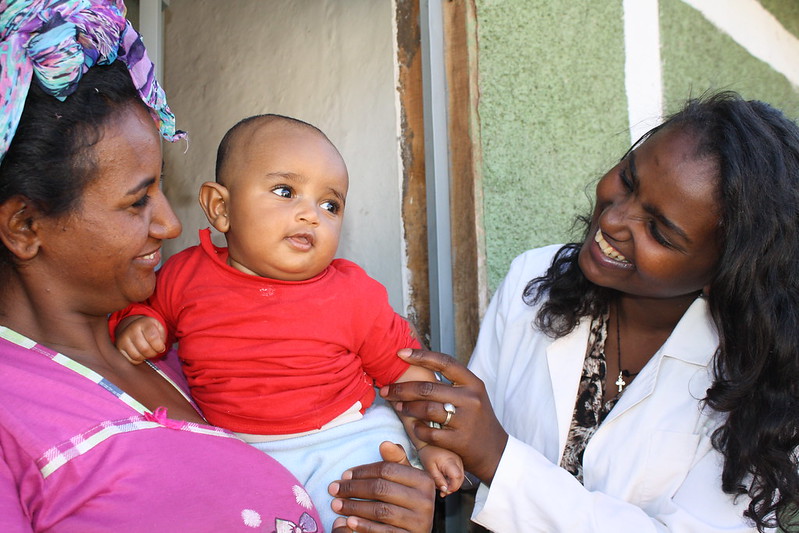 According to a National Library of Medicine study, health care systems
According to a National Library of Medicine study, health care systems 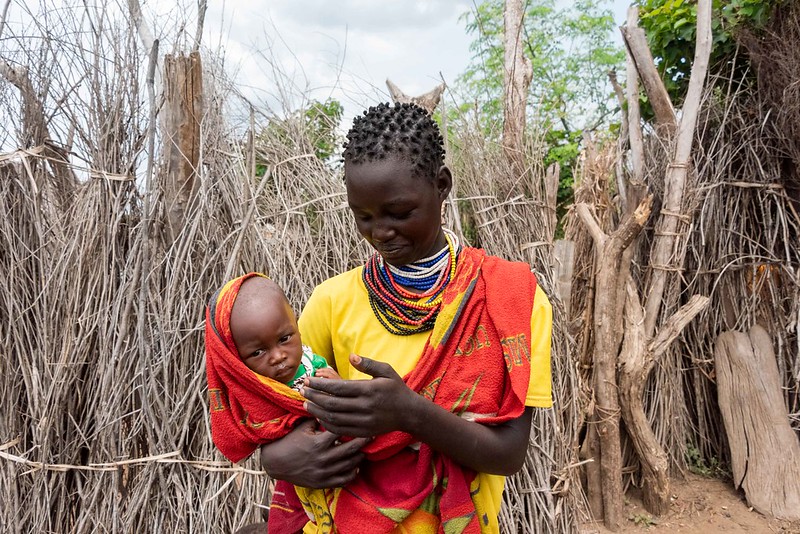
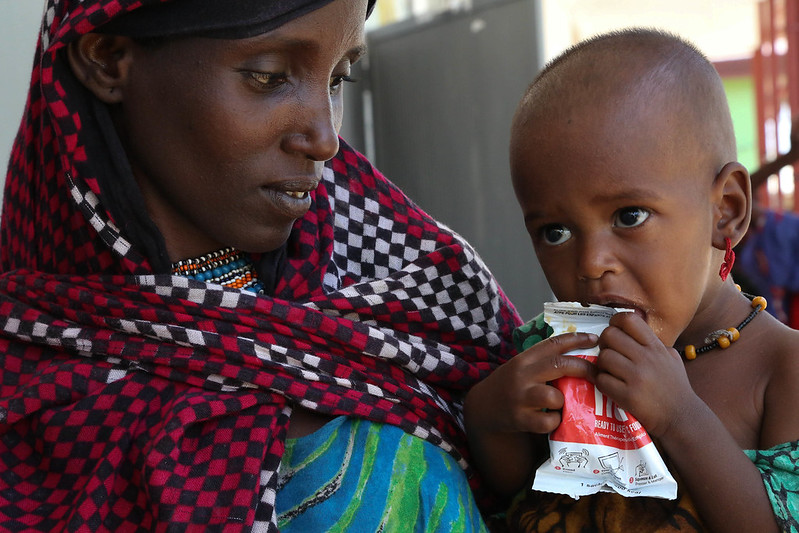
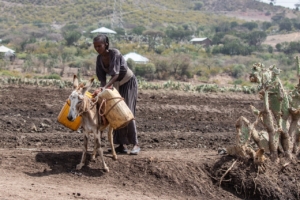 Agriculture plays a crucial role in community health and wellness in the developing world. This is particularly evident in
Agriculture plays a crucial role in community health and wellness in the developing world. This is particularly evident in 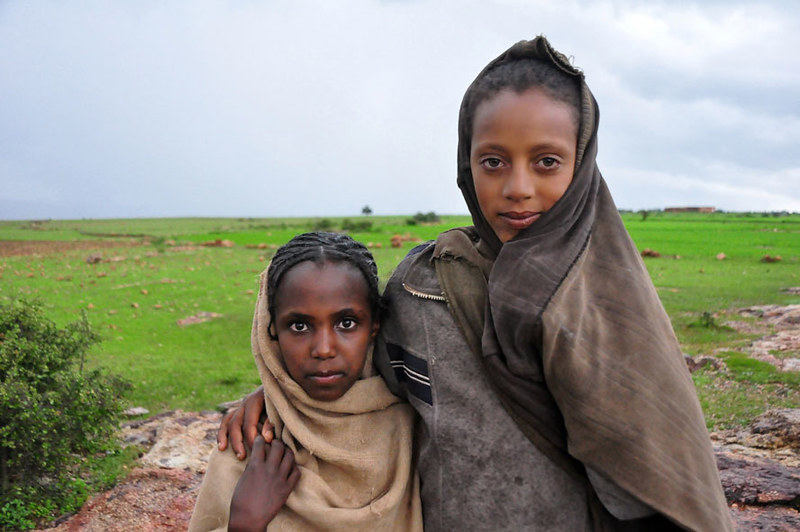 The Federal Democratic Republic of Ethiopia, landlocked in Eastern Africa, is bordered by Somalia, Kenya, South Sudan, Sudan, Eritrea and Djibouti. The country is
The Federal Democratic Republic of Ethiopia, landlocked in Eastern Africa, is bordered by Somalia, Kenya, South Sudan, Sudan, Eritrea and Djibouti. The country is 